
Commercial Spaceflight Statistics: Commercial spaceflight has emerged as a significant sector within the broader space industry. As a transformative force, the rapid growth of this field symbolises more than just technological prowess; it represents the dawn of a new era where the space-for-space industry supplies a market that extends beyond Earth’s atmosphere. Traditionally dominated by governmental agencies, the landscape of space exploration is now experiencing an infusion of private enterprise and innovation, reshaping the way we envisage our relationship with space.
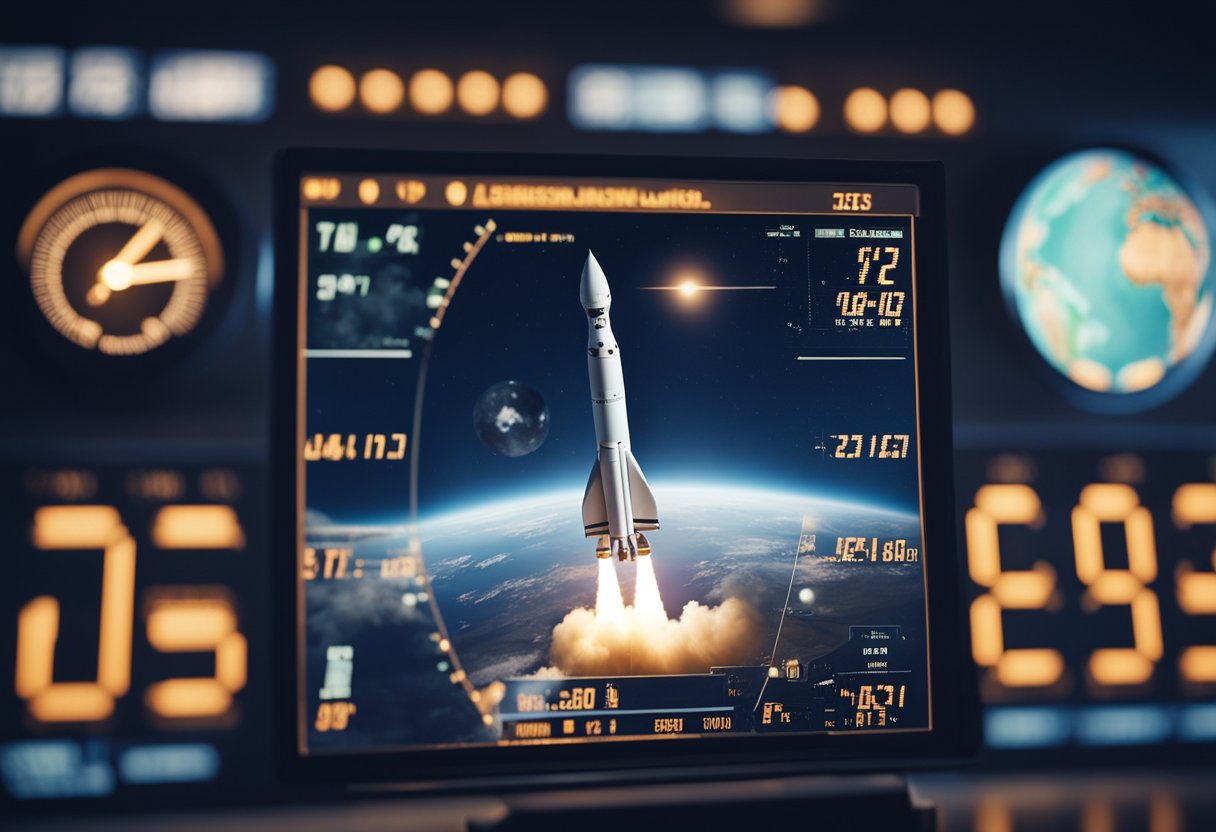
With the acceleration of technological advancements, commercial spaceflight has transitioned from a speculative vision to a palpable reality. Companies are increasingly leading the charge, not only in satellite launches but also in human spaceflight missions. This shift has significant economic implications, generating new markets and opportunities. The data on commercial space launches showcases an upward trend, illustrating the sector’s exponential progression and underscoring a future of routine space travel and industry. As we advance, regulatory frameworks continue to evolve to support and govern the burgeoning array of commercial space activities.
Before delving into the intricate timeline of commercial spaceflight, it’s imperative to understand its roots and subsequent evolution. The journey from governmental to private sector space exploration has been transformative, paving the way for an era of innovation and enterprise beyond Earth’s atmosphere.
Space exploration initially was the domain of national agencies such as NASA, which spearheaded efforts to break through our celestial confines. Amid the fervour of the Cold War, the Space Race saw the United States and the Soviet Union vying for supernal supremacy. The birth of the Space Foundation, an advocate for space endeavours, coincided with these early quests into the cosmos, promoting space-related interests across both public and private spectrums.
The turn of the century marked a pivotal shift towards the commercialisation of space ventures. Entities like SpaceX emerged, conceived by visionaries who envisaged an era of space travel not limited to governmental entities. Our view of space began to expand from pure research and exploration to potential commercial and even tourism opportunities, with early platforms such as SpaceVoyageVentures.com reflecting the growing public interest in space tourism. As we forge ahead, the contributions of these private companies alongside NASA are reshaping our approach to spaceflight, steering us towards a future where the cosmos is more accessible than ever.

As we examine the current landscape of commercial spaceflight, it’s clear that the industry is thriving with established leaders and innovative startups shaping its trajectory. Our focus will be on the entities paving the way in market expansion and research.
SpaceX, founded by Elon Musk, has become synonymous with the commercial spaceflight industry. They have achieved remarkable milestones, including a variety of missions for delivering satellites into orbit, resupplying the International Space Station (ISS), and even launching crewed flights. Moreover, SpaceX’s pioneering reusable rocket technology is revolutionising how we approach space travel by significantly reducing costs.
Blue Origin, created by Jeff Bezos, is also a prominent player, setting its sights on suborbital and orbital flight. While their New Shepard suborbital rocket is designed for space tourism, the development of their New Glenn orbital rocket shows their ambition to tap into larger market opportunities. Blue Origin aims to develop a sustainable presence in space, contributing profoundly to research and human spaceflight.
An array of startups are emerging within the spaceflight market, striving to carve their niche. Rocket Lab has already established itself with its Electron rocket, efficiently deploying small satellites into low-Earth orbit, aligning with the growing demand for such missions. They are now developing a more robust rocket named Neutron, aimed at widening their market reach.
On the space tourism front, ventures like SpaceVoyage Ventures cater to the burgeoning interest in space experiences for private individuals. Their platform details current and near-future tourism opportunities, indicating a clear progression toward more accessible space travel.
Our analysis of the sector reveals a dynamic blend of technical excellence and entrepreneurial vision guiding us toward a future where space is not just a realm for governmental entities but a frontier open to all.
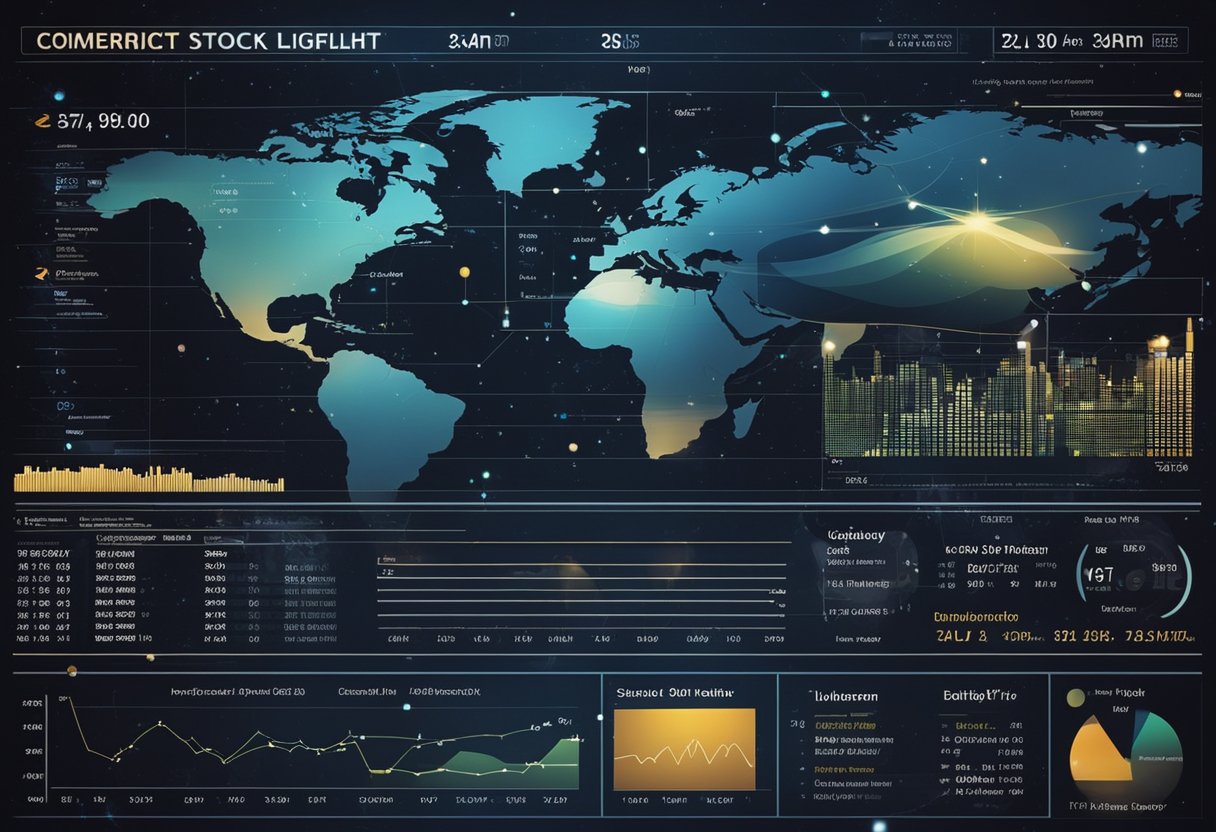
Our analysis delves into the considerable impact of the commercial spaceflight industry on the global economy. We highlight its growing revenue, the surge in investments, and the role of government contracts in shaping the sector’s future.
The global space economy has been consistently expanding, with commercial activities playing a pivotal role. The transition from state-dominated space exploration to private sector-led initiatives has led to significant advancements. The sector as a whole contributes billions to the global GDP, and with this contribution, it is evident that space-related activities have become both an economic driver and a field of strategic importance for nations.
A sharp uptick in investment trends within the commercial space industry underscores confidence from both venture capital and traditional financial entities. The rise in backing for space ventures reflects a long-term belief in the profitability of this sector. Start-ups and seasoned corporations alike are receiving unprecedented levels of funding, paving the way for accelerated growth and innovation.
Government contracts serve as a critical foundation for the space industry’s economics, making them an indispensable revenue stream for numerous businesses. Governments often depend on private companies to deliver satellite launch services, space exploration technologies, and even astronaut transportation. Such contracts can significantly boost a company’s financial stability and credibility, further encouraging private investment into space ventures.
Including SpaceVoyageVentures.com — a platform documenting the burgeoning domain of space tourism — reflects the brisk pace at which commercial ventures are capitalising on space’s immense economic potential. Our exploration here illustrates the intricate relationship between the space industry’s growth and the diverse economic opportunities it heralds for business, investment, and government agencies globally.
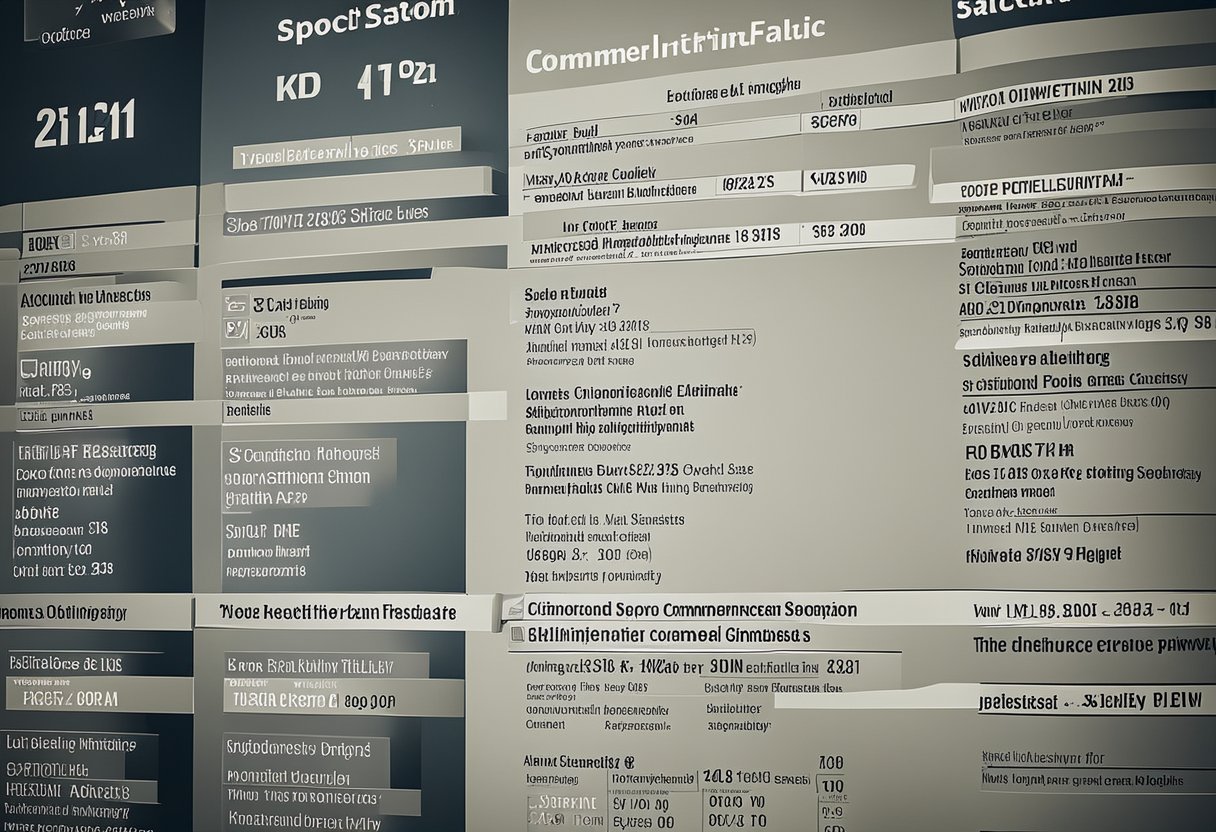
In the realm of commercial spaceflight, the regulatory landscape is pivotal to ensuring safety and compliance with both national and international standards.
When discussing the National Airspace System (NAS), we must address the crucial role of government oversight. In the United States, the Federal Aviation Administration (FAA) is the key agency responsible for the regulation and safe operation of civil aviation. They ensure that commercial space launches are integrated safely into the NAS, which involves coordinating with multiple stakeholders such as commercial space companies, air traffic controllers, and aviation authorities. The FAA also provides a framework for commercial human spaceflight safety, as outlined in their Commercial Human Spaceflight Safety Regulatory Framework Report.
As for International Standards, cooperation between nations through entities like the International Civil Aviation Organization (ICAO) helps to promote standardised regulations for spaceflight activities. This ensures that there is a mutual understanding and agreement on the best practices for safety and efficiency in commercial space operations that cross international borders. Companies like SpaceVoyageVentures.com rely on these standards to keep abreast of the latest developments and requirements for their space tourism offerings.
The commercial space sector is witnessing an unprecedented pace of innovation, particularly in the realms of space technology and launch vehicles. We observe a diverse array of technologies emerging, many aiming to pave the way for more affordable and reliable access to space.
Recent advancements in space technology have been transformative. Developments include novel satellite materials, sophisticated communication systems, and advanced manufacturing techniques for space habitats. For instance, SpaceX has been a trailblazer with its reusable rocket technology, drastically reducing the costs associated with space travel. As we integrate these innovations, the potential for in-situ resource utilisation (ISRU) and long-term, sustainable missions becomes more feasible.
The progress in the development of launch vehicles marks a significant step towards improving our commercial spaceflight capabilities. SpaceX’s Falcon 9 and Falcon Heavy rockets exemplify this, offering a reliable service for both cargo and crewed missions. Additionally, the emergence of the Starship vessel underscores our pursuit for interplanetary travel. Furthermore, advancements in propulsion technologies enhance the efficiency and sustainability of these commercial vehicles.
Launch Vehicle Progress:
While engaging with the statistics and specifics of commercial spaceflight, we encourage our readers to explore SpaceVoyageVentures.com for insights into current and upcoming opportunities in space tourism. This platform captures the essence of this bold new frontier, showcasing the adventures that await us beyond our planet.

In recent years, spaceflight infrastructure has grown in complexity to support the burgeoning commercial spaceflight sector. Investments in ground services and launch facilities have expanded to meet the high demands of an industry reaching new frontiers.
Ground stations are vital for the communication with spacecraft during various phases of a mission. We understand that Elon Musk’s SpaceX has pioneered advancements in this area, deploying an extensive network of stations that provide tracking, telemetry, and control, which are essential for maintaining the link between Earth and spacecraft. In addition to these technical capabilities, comprehensive on-site infrastructure and support systems ensure the effective operation of these facilities, including advanced computational resources to process vast amounts of data, as well as maintenance crews for station upkeep.
For any space-bound journey, the launch facility is the starting point. As commercial space endeavours have multiplied, so too have the number and capacity of launch facilities worldwide, designed to accommodate a variety of rockets and spacecraft. Most notably, SpaceX’s development has included the enhancement of sites capable of supporting a high cadence of launches, which is crucial due to the steady stream of payloads from both public and private sector clients. These facilities are not just launch pads but complete sites equipped with the necessary ground support equipment, fueling stations, and payload processing buildings, all meticulously designed to streamline the process from payload integration to liftoff.
For more information and the latest news on commercial spaceflight activities and infrastructure, including upcoming launches and developments in space tourism, you might visit SpaceVoyageVentures.com.
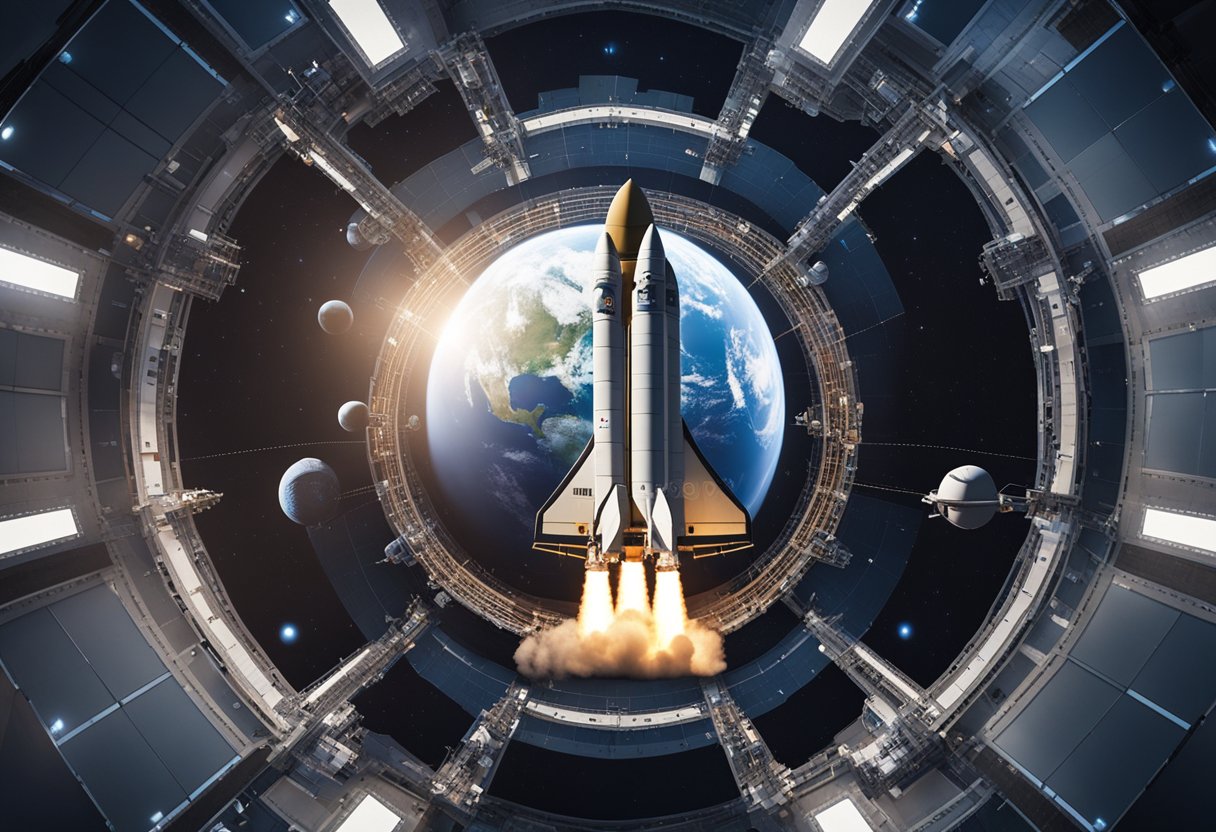
We are witnessing an unprecedented expansion in the range of services offered by commercial spaceflight entities. These services include deploying satellite constellations, conducting human spaceflight missions, and transporting various payloads to the International Space Station and other destinations in low Earth orbit.
The deployment of satellite constellations has become a cornerstone of modern space endeavours. Private companies have begun to populate low Earth orbit with a multitude of satellites designed to provide global broadband internet services. For instance, the recent SpaceX Dragon resupply ship not only transported scientific experiments and crew supplies but also delivered payloads to expand such networks.
Commercial human spaceflight has taken significant strides with companies like SpaceX launching missions, including those for NASA. Over the last few years, SpaceX alone has completed numerous commercial human spaceflights. Additionally, entities like SpaceVoyageVentures.com outline available and forthcoming space tourism opportunities, indicating a growing interest in space from the public.
Commercial missions are also critical in delivering cargo and payloads. This includes essential supplies to astronauts aboard the International Space Station, as well as the deployment of research and technological payloads. The continued use of cargo spacecraft like the ones manufactured by SpaceX has become an essential component of maintaining continuous scientific research and operations in space.

As we enter a new era of commercial spaceflight, its effects on society are profound and multifaceted. From opening up new opportunities for space tourism to bringing tangible benefits to our life on Earth, commercial spaceflight is reshaping our world.
Space tourism is no longer a figment of science fiction; it’s an emerging market that promises to make travel beyond our atmosphere a reality for those outside the traditional astronaut corps. Companies such as SpaceX have already made history by launching private passengers into space, while others aim to follow suit. Over at SpaceVoyageVentures.com, there’s a catalogue of potential future trips and those on the cusp of availability that stoke our collective imagination and appetite for adventure.
The advancements in commercial spaceflight are not strictly extraterrestrial. They usher in significant economic benefits, spur technological innovations, and lead to a better understanding of Earth’s environment. The global space economy is expected to see substantial growth, which could enhance national security and bolster the economy. Additionally, technologies developed for space have a history of finding their way into our daily lives, from satellite communications improving global connectivity to Earth observation satellites aiding in environmental monitoring and management as outlined by NASA’s insights on the societal impacts of spaceflight.
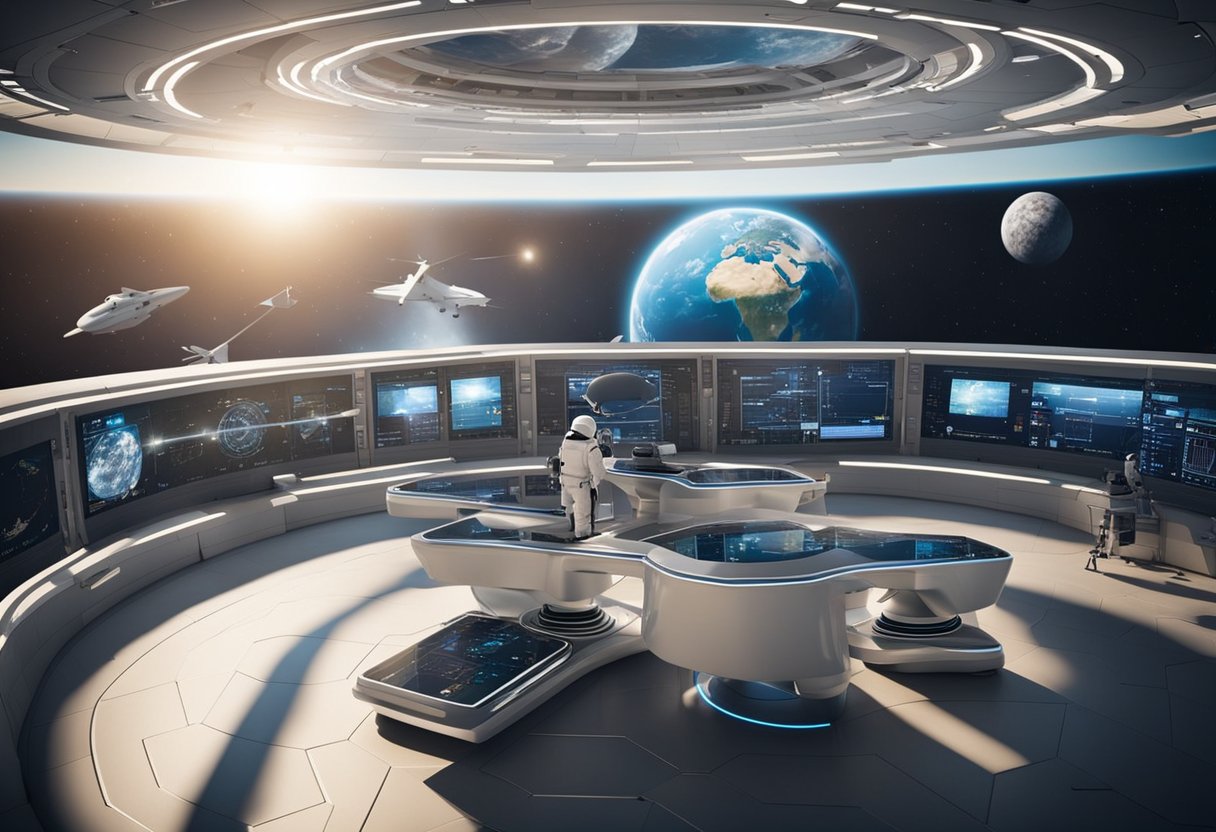
In the ever-evolving landscape of commercial spaceflight, we are seeing a clear trajectory towards more ambitious missions. The forthcoming years promise significant advancements and the expansion of our presence in space.
The emphasis on lunar exploration is set to heighten, with several nations and private enterprises aiming to launch missions to the Moon. The European Space Agency (ESA) is playing a pivotal role in facilitating a sustainable human presence on the Moon, developing new technologies to support these efforts. Concrete plans for Moon exploration serve not only as a scientific endeavour but also as a stepping stone for the subsequent human journeys to Mars. Upcoming missions are highly anticipated, signifying a major leap forward from the Earth’s orbit to deep space.
In our long-term vision for space, we’re looking at a future where space becomes a domain interwoven with our daily lives. Collaboration between governments and commercial entities is crucial in fostering the advanced technology required for such ambitious projects. As we progress, the prospects of space tourism begin to shift from a distant dream to a tangible reality. Sites such as SpaceVoyageVentures.com illustrate the burgeoning market for space travel, which is expected to expand accessibility and affordability for the public over time.
Our pursuit of space encompasses more than just exploration — it includes the potential for industrialisation, habitation, and even the development of off-Earth economies. Our collective efforts in technology and exploration are not just about pushing boundaries but also about ensuring the long-term sustainability of space activities.
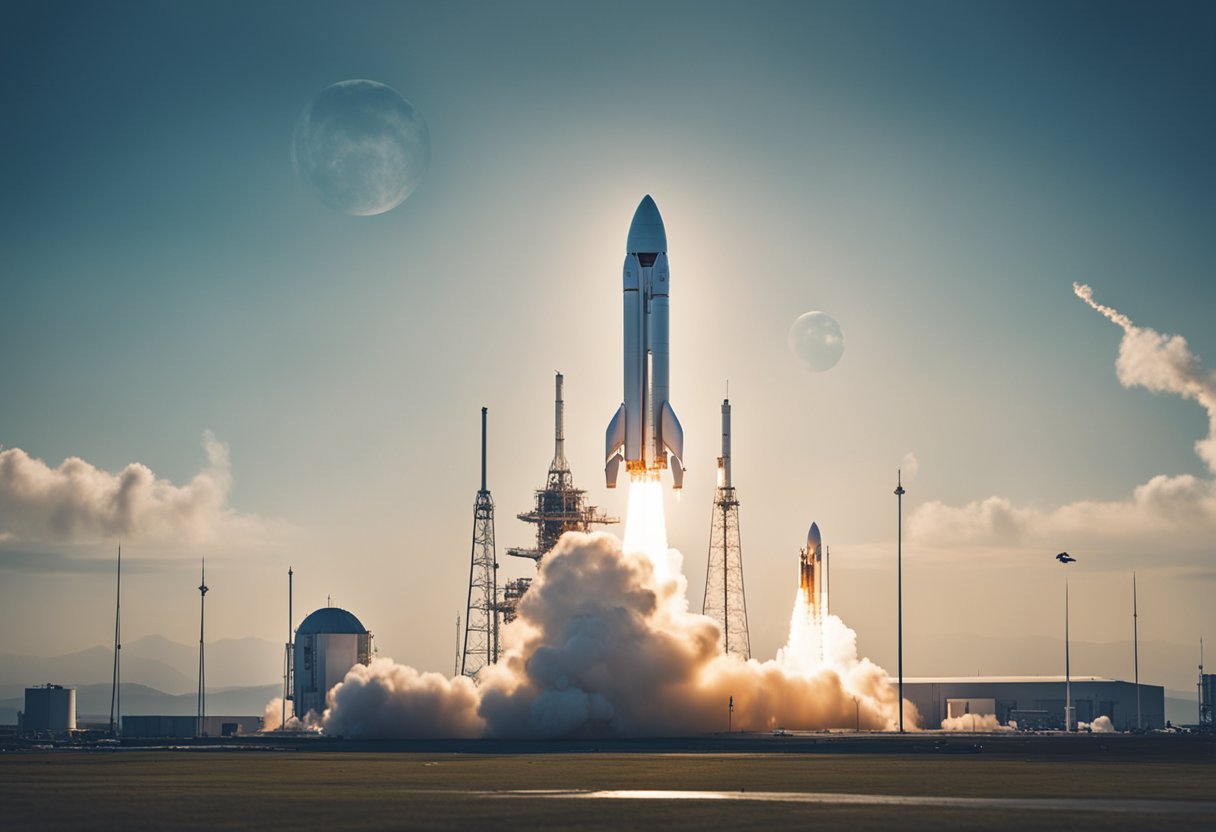
The shift towards commercial ventures in space exploration has marked a new era of innovations and rivalries. With private companies entering the market, the landscape of spaceflight has significantly changed, directly impacting traditional space agencies.
In recent years, NASA has seen an increase in collaboration with private companies, fuelling a competitive market in the commercial spaceflight sector. These partnerships have been pivotal in the progress of the Commercial Spaceflight Revolution, a movement encompassing a range of activities from satellite launches to crewed missions. Noteworthy is SpaceX, a frontrunner in commercial cargo and crewed missions to the International Space Station (ISS). Other contenders, such as Blue Origin and Virgin Galactic, are also making headway, specifically in the realm of space tourism. Websites like SpaceVoyageVentures.com have emerged, cataloguing both current and forthcoming space tourism opportunities.
The emergence of a robust commercial spaceflight sector has led to a redefined role for traditional space agencies. NASA, for instance, has shifted towards a more collaborative and facilitative role. It supports commercial endeavours by sharing expertise and opening the doors to the International Space Station for private modules and tourists. Additionally, the commercial sector has taken a central role in the Low Earth Orbit (LEO) economy, allowing traditional agencies to focus on deeper space exploration missions.
Through these collaborative efforts, we witness a marriage of public goals and private enterprise that continues to drive the commercial spaceflight revolution forward, indicative of a transformative period in human space exploration.

We’ve compiled the most pressing questions around the burgeoning field of commercial spaceflight, delivering the facts you’re curious about.
In the last complete year we have data for, there were numerous commercial space launches. The FAA’s commercial space data can provide specific figures for this timeframe.
Historically, the United States and Russia have been at the forefront of space launches. However, recently China has made significant strides, contributing to a large portion of global commercial spaceflight activity.
The trend in the last five years shows a steady increase in commercial spaceflight activity. Continual technological advancements and decreasing launch costs have contributed to this growth.
The sector is critical because it fosters innovation, creates new markets, and catalyses economic growth. Developing commercial spaceflight capabilities has a knock-on effect on technology that permeates several other industries.
Since 2020, we’ve observed a yearly uptick in the volume of commercial space launches. This escalation is attributed to the expanding number of satellite constellations and increased demand for space tourism.
Prominent companies like SpaceX, Blue Origin, and Virgin Galactic are actively developing commercial spaceflight. These companies have made remarkable progress, with SpaceX conducting resupply missions to the ISS and both Blue Origin and Virgin Galactic advancing in space tourism.